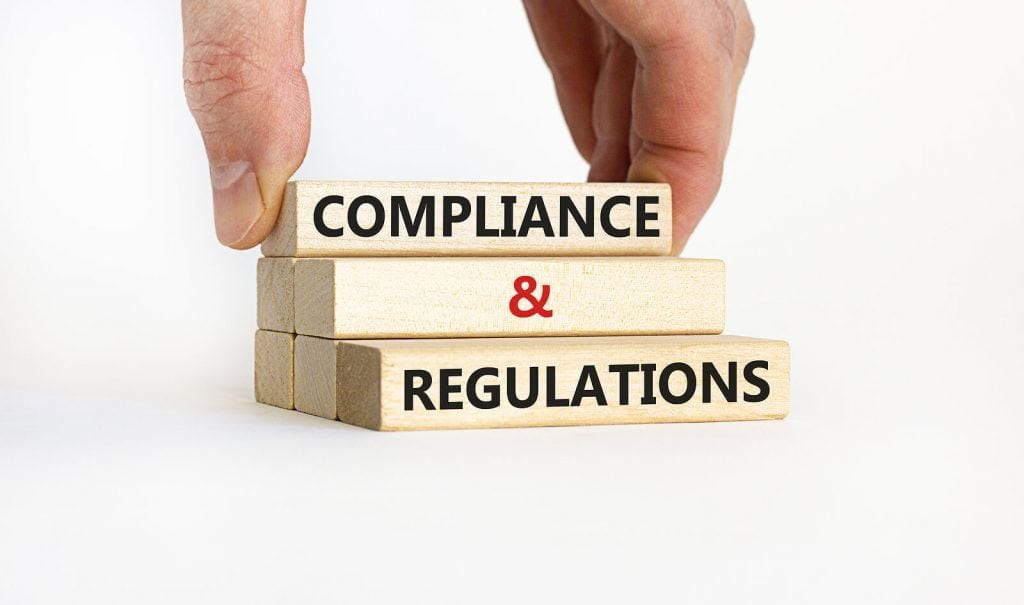SOC 2 is shorthand for the System and Organization Controls defined by the American Institute of Certified Public Accountants (AICPA). Those controls focus largely on the protection of information systems and sensitive data. SOC 2 compliance makes your business more trustworthy and competitive, demonstrating that it protects its customers and proprietary business information.
Table of Contents
ToggleControls describe the policies, procedures, and processes your business needs to achieve compliance. Alignment of the operational policies of your business with SOC 2 controls delivers valuable business benefits beyond SOC 2 compliance.
Controls: Building Blocks for SOC 2 Compliance
The foundations of SOC 2 are the five Trust Services Criteria (TSC) – Security, Availability, Processing Integrity, Confidentiality, and Privacy. These include some 64 requirements, each of which is addressed by a set of more granular controls.
You and your auditor collaborate to define the specific policies that run your business. Those policies show how you will satisfy the requirements of the TSC with which you’ve chosen to comply. Controls describe how you will enforce those specific commitments.
For example, within the Security TSC, there are Common Criteria that address Logical Access Security, Role-Based Access, Secure Device Disposal, and User System Credentials. One of the controls that addresses these Criteria details specific requirements for timely access removal for terminated or transferred employees. To comply, your auditor needs to see evidence that you have a policy for timely access removal, that policy is documented and shared with all employees, and is consistently enforced.
The Controls-Policies Connection
By complying with the controls associated with this set of Common Criteria, you also increase the likelihood that your company will consistently remove access to your systems in a timely fashion from those who no longer need it. This will help improve cybersecurity and reduce or eliminate the risks associated with not removing access fast enough or at all.
There are similarly direct links connecting SOC 2 compliance requirements with the policies that govern every aspect of your business. This means the more compliant with SOC 2 your company is, the more of your policies will be clearly defined, well documented, and consistently enforced. Those characteristics will make your business more agile, productive, and responsive.
Continuous Compliance: A Critical Success Factor
The business benefits of SOC 2 compliance will be limited or non-existent if your company views compliance only as passing a single audit. To maximize the value of those benefits requires achieving them over time. To do this, you need continuous compliance – the ability to become and remain compliant beyond the first year after your first audit.
Continuous compliance makes preparing for future audits easier and less disruptive to your primary operations. It enables you to demonstrate compliance to auditors, current and prospective business partners, regulators, and anyone else who asks, anytime. And continuous compliance solidifies and builds upon the policies that got your business compliant in the first place.
To achieve continuous compliance, you need compliance automation software that gets you compliant, informs you immediately whenever anything falls out of compliance, and helps you remediate the problem quickly. You also need a solid working relationship with an auditor who understands your business and is willing to work with you to define and implement the controls that will enable continuous compliance and continuous improvement of the operational policies that run your business.




